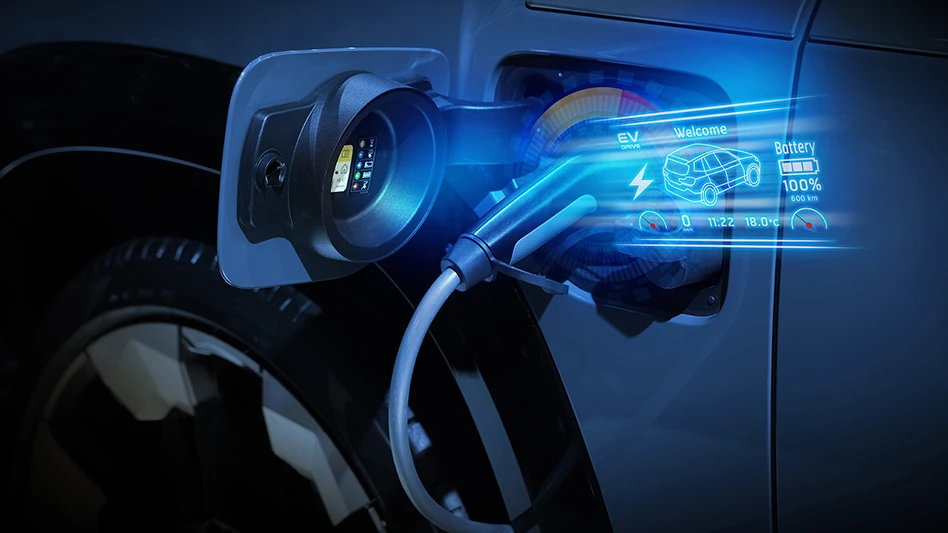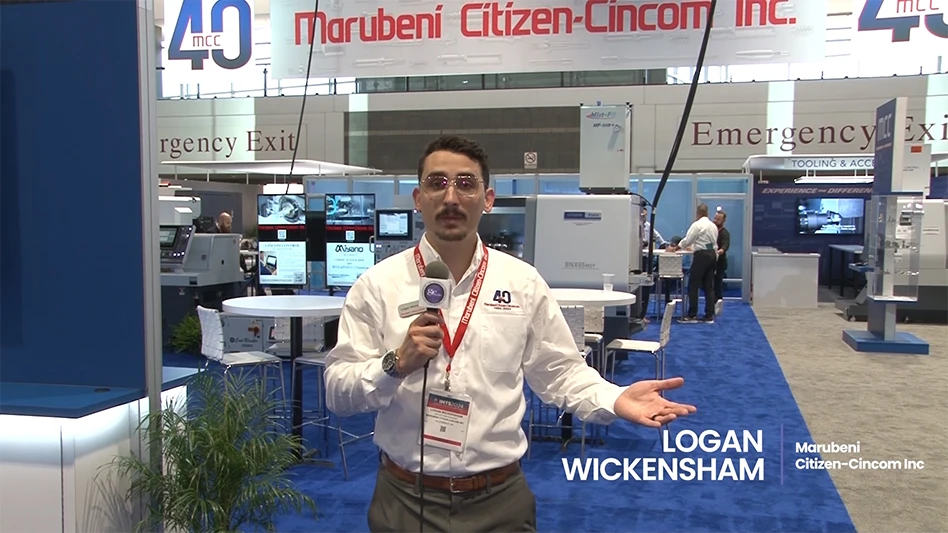
AdobeStock | 497014279
With a wider range of electric vehicle (EV) models being introduced, the EV landscape is beginning to shift. According to Experian’s Automotive Consumer Trends Report: Q2 2024, non-luxury EVs are slowly making up more of the market, growing from 22.7% last year to 26.6% in Q2 2024. Meanwhile, the percentage of exotic and luxury models declined from 77.3% to 73.4% year-over-year.
The growth in non-luxury EV registrations is indicative of the continued expansion of the overall EV market. For instance, of the 291.1 million vehicles on the road in Q2 2024, EVs accounted for more than 3.5 million, an increase from approximately 2.7 million this time last year.
“Not only are we seeing overall growth in EV registrations, but more consumers are opting for non-luxury EVs as manufacturers roll out new models,” says Kirsten Von Busch, Experian’s director of product marketing for automotive. “With the EV clientele continuing to grow, there is an increased desire for functionality and affordability, something automotive professionals should keep in mind as they find ways to reach their respective audience.”
The growth in non-luxury options also caused a shift in non-luxury EV market share. In Q2 2024, Ford led the new retail non-luxury EV market at 21.9%, though it was down from 24.0% last year. Hyundai grew from 15.2% to 19.3% year-over-year, Chevrolet declined from 24.2% to 13.2%, Kia went from 9.2% to 12.5%, and Volkswagen decreased to 11.2% this quarter, from 15.8% last year.
Consumers are committed to EVs
Interestingly, 77.4% of EV owners replaced their current EV with another one in the last 12 months—signaling their loyalty to the fuel type. On the other hand, 16.2% transitioned to a gasoline-powered vehicle and 3.2% opted for a hybrid.
Though, it’s notable that as of Q2 2024, 81% of households with at least one EV also own a gasoline-powered vehicle, 14% also own a hybrid, and 12% own an additional EV.
“EVs have become a compelling choice over recent years as we continue to see adoption rise, but consumers are still relying on their gasoline-powered vehicles,” Von Busch continues. “It’s possible that many are keeping a secondary vehicle to have the convenience of everyday driving while reserving the traditional fuel type for longer trips.”
Latest from EV Design & Manufacturing
- Honda unveils demonstration production line for solid-state batteries
- Navigating today’s supply chain
- Multi-energy platform for trucks and SUVs designed for versatile production
- Solution offered for easy EV charger mounting in commercial spaces
- Bridging the Skills Gap: A Solution for Today’s Labor Shortage
- Fast tracking the development of custom rupture disk prototypes
- EMUGE-FRANKEN expands precision thread gage line
- IMTS 2024 Booth Tour: Fagor Automation Corp.





